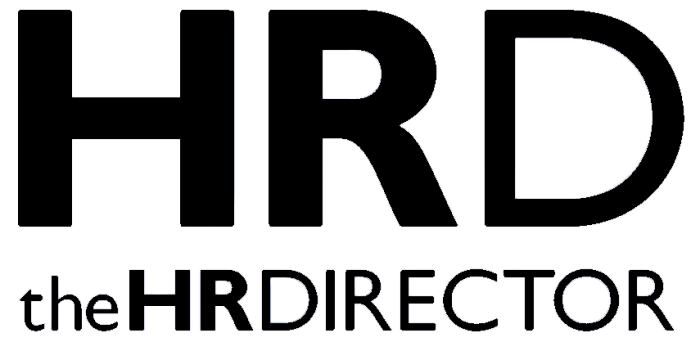Whilst the media, commentators, and political parties focus on click bait headlines and specific elements of the productivity debate including, remote work, forced office returns, DEI policies, and AI’s impact on jobs, few address the broader systemic issues affecting Australian workers.
Australia is currently facing significant productivity challenges, with recent data indicating the lowest productivity growth in over 60 years. This article delves into some of the key themes discussed at the recent Australian Financial Review Business Summit 2025 and a healthy dose of personal opinion to highlight the implications for businesses, the workforce, and HR, and the reason we need to get involved.
Defining Productivity
Productivity is a measure of the efficiency with which goods and services are produced. Productivity growth is crucial for improving living standards, as it allows for higher wages, lower prices, and increased economic growth. It is imporant to note that productivity does not necessarily mean job losses or working longer and harder. Instead, it often involves working smarter, not harder, through the adoption of new technologies and more efficient processes.
Current Productivity Challenges
Australia’s productivity growth has been stagnating, with recent figures showing a decline of 1.74% year-on-year in September 2024. This stagnation has significant implications for the economy, potentially reducing Australia’s GDP growth by up to 0.5% annually. Danielle Wood, Chair of the Productivity Commission, emphasised the urgent need for both government and businesses to address these challenges through targeted investments in technology, infrastructure, and workforce skills.
Implications for Business and Workforce
- Skill Development and Training
In a recent HBR article it discussed the ageing population, increasing retirement rate and the consequences of this significant drain on talent.
Together with the rapid pace of AI and new technology adoption, there is a growing need for continuous upskilling and reskilling of employees. Workers must be equipped with digital literacy and advanced technical skills to stay competitive.
Generative AI has been discussed infinitum, so it would be remiss not to raise it here. Whilst there should be many benefits of AI on productivity, there is a risk that in our efforts to embrace the new technologies, there will be a transitional timing dip in productivity as most employees are at the very start of their learning journey.
The implications for HR are significant, both for the function itself and for the strategies undertaken to enable and equip the workforce with the right skills and capabilities to transform themselves and the work they do.
- Flexibility and Remote Work
Despite the hype and reporting, hybrid work models are likely to continue, requiring employees to adapt to both in-office and remote work environments. This flexibility can improve work-life balance but also demands strong self-management, communication skills and clearly defined performance outcomes.
Danielle Wood reported that whilst the data is still thin, the indications are that hybrid working (where available and possible) is the sweet spot for both employees and business outcomes. With the most common hybrid arrangements being 3 days in the office.
Promoting a healthy work-life balance is essential for employee satisfaction and productivity.
According to LinkedIn’s Workforce Confidence Survey, workers are not only more stressed but also reporting record lows in confidence. Uncertainty regarding the future of the workplace is steadily affecting people’s morale and performance.
In the same survey, Millennials and Gen Z report higher productivity, loyalty, and well-being when their work aligns with their values and identity.
At its most basic, the effective use of collaboration tools and regular check-ins are essential to maintain productivity and engagement in remote teams. The more complex and strategic implication for HR is ensuring the organisations’ purpose, values, policies and practices are aligned, and in line with employee expectations.
- Diversity, Equity, and Inclusion (DEI)
Another easy target for policy makers, DEI has been blamed for declining productivity, poor performance and outcomes and a myriad of other poor outcomes for business and government. The effect of this commentary and policy change on employees and the workforce in general, should not be underestimated.
The implication that many have not achieved success based on merit, but because of their gender, gender identity, or the colour of their skin is not only offensive but has deep impacts on mental health and employee wellbeing. A study published in BMJ Mental Health found that trans, non-binary, and gender-diverse (TGD) individuals in Australia consistently report poorer mental health compared to their cisgender counterparts and this was before the recent American elections.
Creating diverse and inclusive workplaces is increasingly important. This includes not only gender and ethnic diversity but also accommodating different work styles and needs.
Developing inclusive leaders who can manage diverse teams effectively is crucial. This involves training in cultural competence and inclusive leadership practices.
Regardless of public policy, HR will need to continue to work with leaders to create inclusive environments that feel safe and supportive for all employees. Without this, productivity will continue to suffer as people opt out and disengage.
Practical Implications for HR
Never before has HR needed to evolve, adapt and transform so quickly. It needs to be more strategic, data driven, externally and internally focused, collaborative and technologically savvy. Despite this, there is still a need to ensure existing and traditional HR focus areas are fit for purpose and have a positive impact on productivity and organisational performance.
- Talent Acquisition and Retention
HR must focus on attracting top talent by offering competitive benefits, flexible work arrangements, and opportunities for career growth. In a Morgan McKinley survey flexible working arrangements emerged as a crucial factor in talent attraction and retention, with 62% of hiring managers highlighting its importance.
The survey found that in Australia, 1-2 days in the office is the favoured weekly working pattern for 56% of professionals, with a further 24% selecting 3-4 days. Only 3% are happy to be in the office for the full 5 working days. The survey also revealed that half of employees would even skip a pay raise if it meant they got their desired flexibility.
- Performance Management
Business leaders want employees to use AI to enhance productivity, reduce busy work, and free up their time and energy for more creative and strategic tasks. With remote and hybrid work here to stay, traditional performance metrics and approaches may need to be reviewed. HR should continue to push for outcome-based performance reviews, but will now need to consider additional complications including:
- Distinguishing between mediocre performers bolstered by AI and actual high performers; and
- If unable to do so, how will the organisation retain high performers and ensure effective internal talent pipelines and succession plans? Employees are generally the first to pick up on their colleagues who may not be pulling their weight.
- Employee Engagement and Well-being
Remote work, rising employee activism, attacks on diversity, inclusion and equity, the rise of AI and significant technology advancements and challenging macro-economic conditions are all impacting employees wellbeing, mental health and ability to contribute optimally to their roles.
As the mental and emotional toll of work increases across all levels, including the C-suite, leaders must rethink how they define and implement wellness.
HR must continue to drive initiatives that support cultural change, inclusion and belonging, and employee engagement.
Conclusion
Australia’s productivity challenges require a concerted effort from government, businesses and HR. The AFR Business Summit was informative and provided an excellent external perspective on the Australian and global business and economic landscape. Panel members focused heavily on the need to unlock growth through increased business investment and productivity improvements.
By investing in technology, fostering a culture of continuous learning, and creating inclusive and flexible work environments, Australia can navigate these challenges and build a more productive and competitive economy. HR plays a pivotal role in this process, ensuring that employees are well-equipped to meet future demands and that workplaces remain supportive and engaging.
Ilona Charles is the author of HR for Impact: Practical steps for HR leaders to build influence and thrive
www.shilopeople.com







